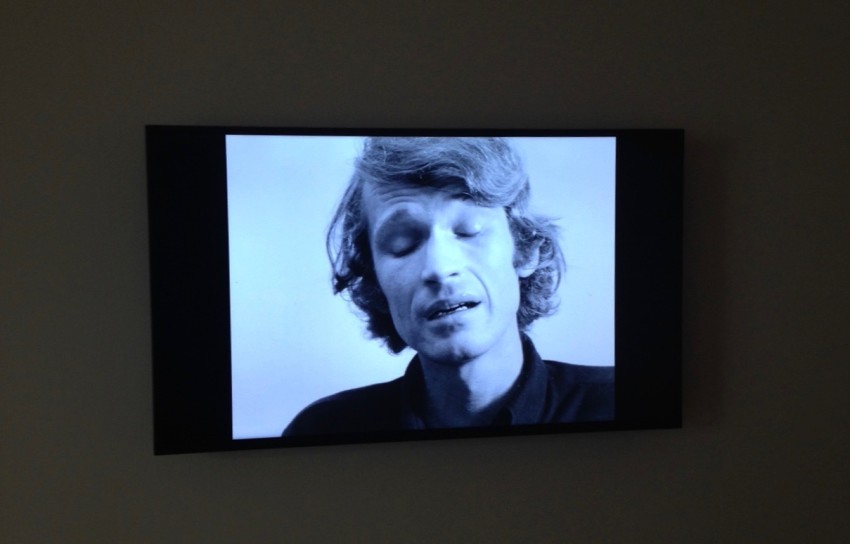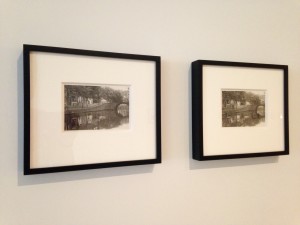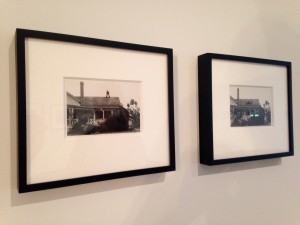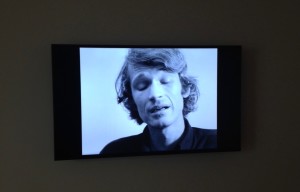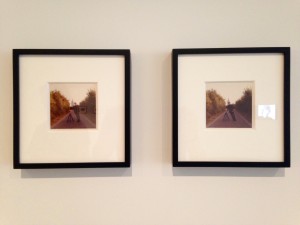Bas Jan Ader at Metro Pictures
Solemn, contemplative and evasive; the arresting art of Bas Jan Ader—the Dutch-born and Los Angeles-based artist who sailed to an eternal journey at the age of thirty-three from Massachusetts in attempt to orchestrate what would be his grandest work of art—is not an easy one to immerse in.
Still comparatively foreign to the U.S. audience, Ader delivered a modest yet profound body of work in his short career before its premature conclusion upon his vanishing in open seas in 1975. In this sense, Metro Pictures’ compact exhibition dedicated to the artist’s black and white photographs as well as his videos and installation works comes as a startling surprise during the lazy summer season.
While autobiographies play crucial roles in understanding and interpreting artists’ works, Ader’s is a unique case. Witnessing his Calvinist minister father’s execution by the Nazis at the age of two for housing Jewish refugees during WWII, Ader grew up with the breath of death and loss on his neck. Eventually, coming in terms with what life had in store for him, the artist utilized his art as a meditative force, peeling off the layers of mundane rituals to unveil embedded peculiarities of the human condition.
Until his grand finale, which still remains a mystery in many aspects (Here Is Always Somewhere Else is a 2007 documentary investigating Ader’s disappearance), Ader contemplated issues of existence, loss and, whatever stands in between through subtle gestures, eliminating the distinction of art from reality. Thus, his Fall series, in which he releases himself from rooftops while sitting on a chair or plunges into the Amsterdam canal on his bicycle, expands both directions: scornful and giddy akin to Chaplin slapsticks, these videos emphasize the ridicule beneath the mundane; however, in contrast, there lies a severe portrayal of agony and juxtaposition of nihilism experienced by a distressed mind. When observed as an act of despair and surrender, Ader’s performances and their documentations guide their audience through the gnarly paths of an artist’s struggles to survive while facing existentialist angst. Furthermore, these works are pure manifestations of the ability to feel blue amidst an order that constantly facilitates gaiety.
I’m too sad to tell you, arguably his most iconic piece in terms of delivering his artistic voice in the simplest yet grasping sense, boldly claims one’s inherent right to be sad opposed to tireless efforts generated by society for beguilement. In this video Ader is seen profoundly sobbing, omitting any explanation that triggers such profound heartache. Rather, he simply embraces the act of crying as coping mechanism while the definition of video art was beginning to shape in the early 70s and other artists were chasing convoluted methods to strike. Eventually, condemnation of crying by masculinity norms receives its share of ridicule, so do the time’s heated arguments on the nature and content of video art.
Bas Jan Ader remains on view at Metro Pictures until August 5, 2016
